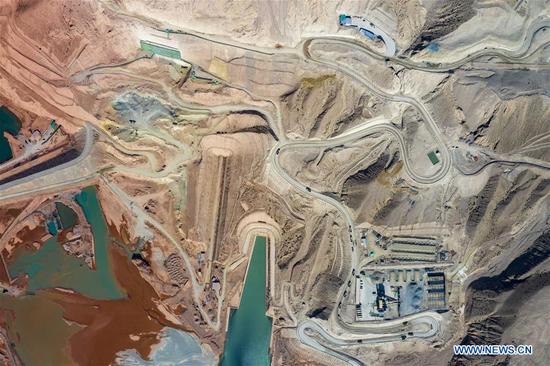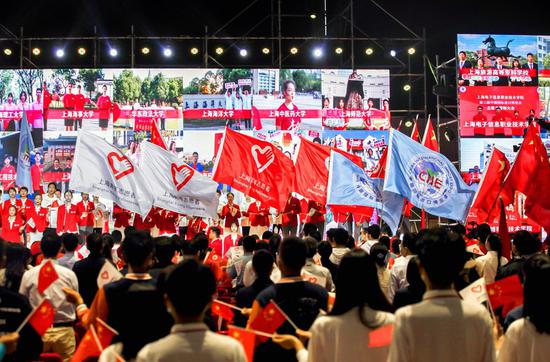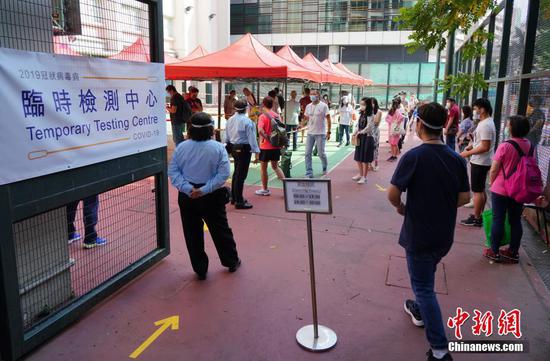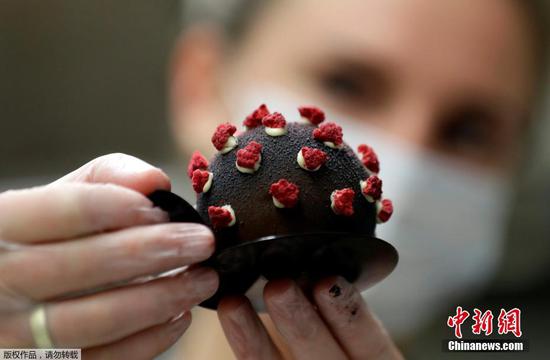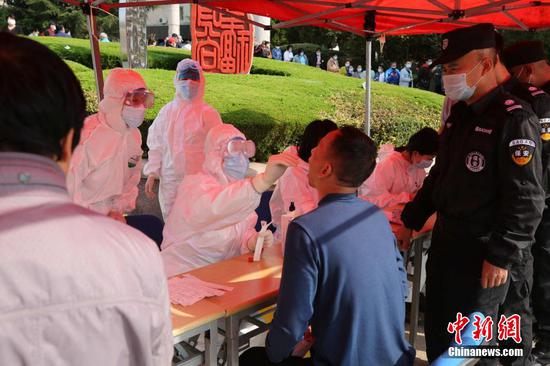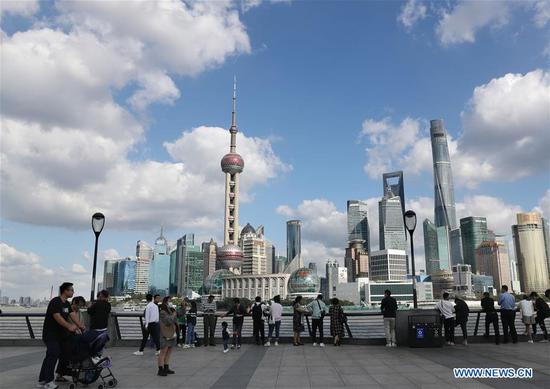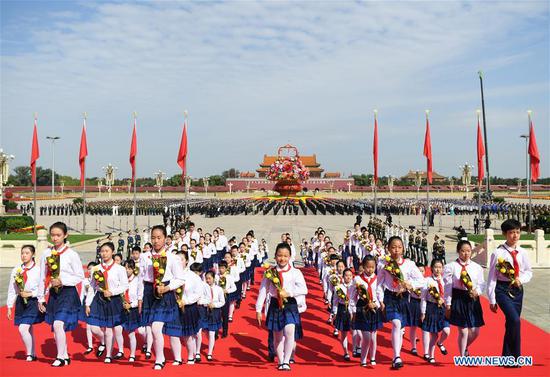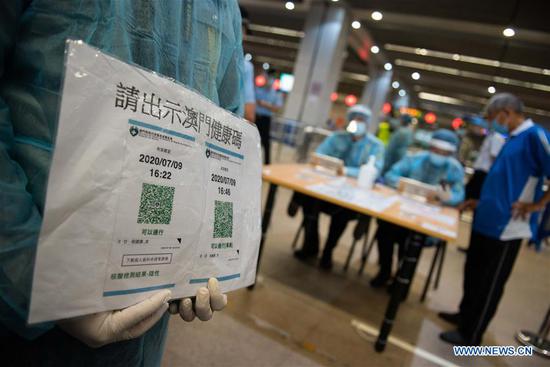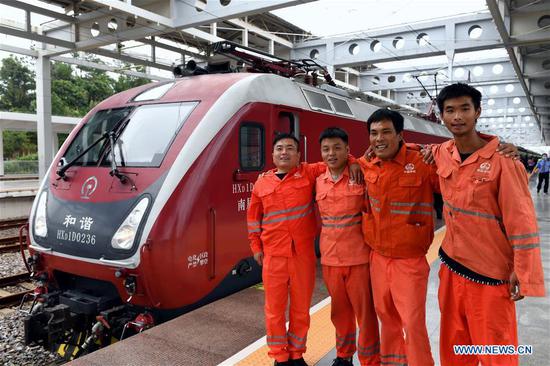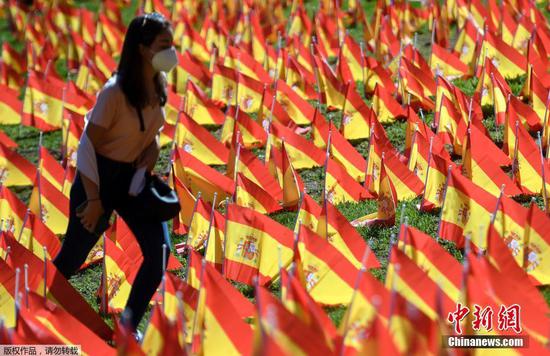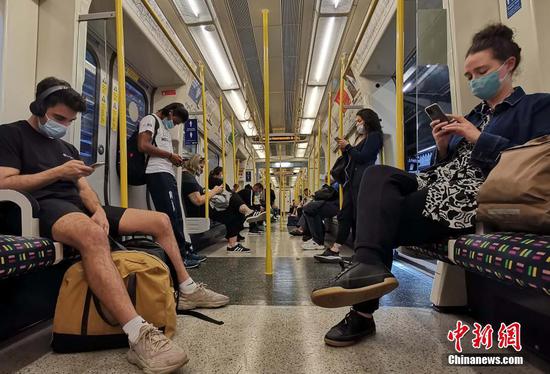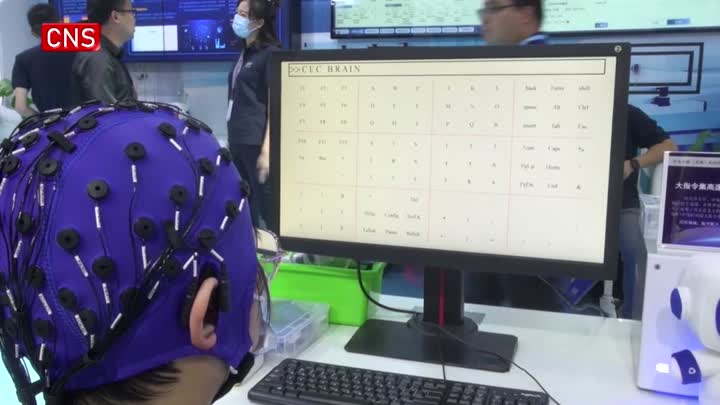
A teller counts cash at a bank branch in Hangzhou, capital of East China's Zhejiang province. (Photo by Hu Jianhuan/For China Daily)
China's social financing volume reached 3.48 trillion yuan ($519.4 billion) in September, exceeding market expectations that had estimated it at 3 trillion yuan. New yuan-denominated loans reached 1.9 trillion yuan, exceeding the 1.7 trillion yuan expectation, and the total volume of newly increased social financing in the first three quarters amounted to 29.6 trillion yuan, realizing 98.6 percent of the full-year goal, an increase of 13.5 percent year-on-year.
The figures indicate that the country's monetary policy has not been tightened. At a recent news briefing, a senior central bank official said the country's macro leverage should be allowed to rise in stages, mirroring an official tone that the credit and social financing in the first three quarters grew at a reasonable but not fast pace.
To fend off the impact of the novel coronavirus outbreak, the macro leverage ratio has been allowed to moderately rise in line with the country's macroeconomic and credit policy that lays greater emphasis on controlling the pandemic and increasing credit support to the real economy to promote economic recovery.
Without a moderately raised macro leverage ratio in the first three quarters, China might not have seen such a steady economic recovery. Compared with the United States, China's monetary and fiscal policies have not only taken into account structural needs, but also managed to realize aggregate control.
As a transitional economy, China is in the process of financial systemic perfection and economic structural adjustment, which means that the country needs to not only lower the financing cost for the real economy, but also prevent the funds from excessively flowing to the property market.
With China's exports booming, consumer consumption steadily recovering and government investment yielding positive results, the monetary policy is likely to control its tempo further. In a recent signed article in the China Finance magazine, Yi Gang, the governor of the central bank, said China's economy has shifted from rapid growth to high-quality development, and the monetary policy should adapt to it.
That means China should lay greater emphasis on the quality and efficiency of the financial sector serving the real economy and boosting productivity. The country also needs to ensure reasonably abundant liquidity and refrain from launching excessive stimulus packages.
As long as the authorities keep the monetary policy valve under control, maintain reasonable and sufficient liquidity and improve the quality and efficiency of the financial sector, the country can avoid financial risks and see high-quality economic development.









